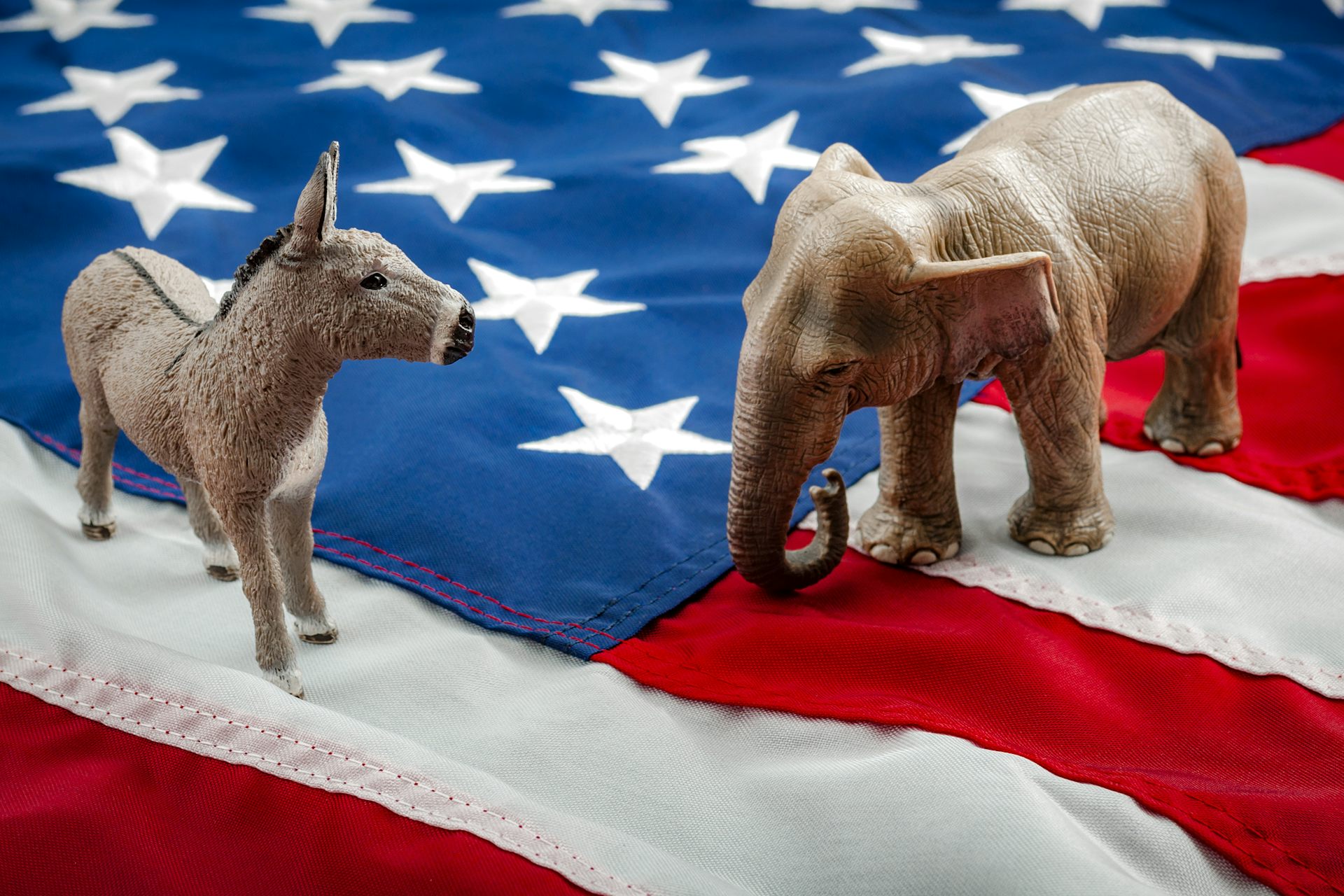

Some third parties, such as the Progressives and the Dixiecrats, splintered off from the Republican and Democratic parties.

Other third parties, such as the Populists and the Greenbackers, arose for a short period around economic issues. Some of these parties were formed to promote a particular cause, such as the Prohibition Party or the Equal Rights party, which demanded the vote for women. Along the way, dozens of third parties have come and gone. Today's Republican Party can trace its origins to the election of 1854. Today's Democratic Party can trace its origins to Jefferson's old party. Throughout most of American history, the United States has had two major parties. Yet, early in Washington's first administration as president, two new factions formed: the Federalists, who supported Alexander Hamilton and a group that gathered around Thomas Jefferson, called the Democratic Republicans. These factions disappeared once the Constitution was ratified. The first two political factions to appear were the Federalists, who supported ratification of the Constitution, and the Anti-Federalists, who opposed ratification. In fact, many of the founders, including George Washington, distrusted permanent political parties, fearing that they would become too powerful. But the Constitution does not mention political parties. Political parties are key players in American politics.

Election Central Political Parties, Platforms, and Planks


 0 kommentar(er)
0 kommentar(er)
